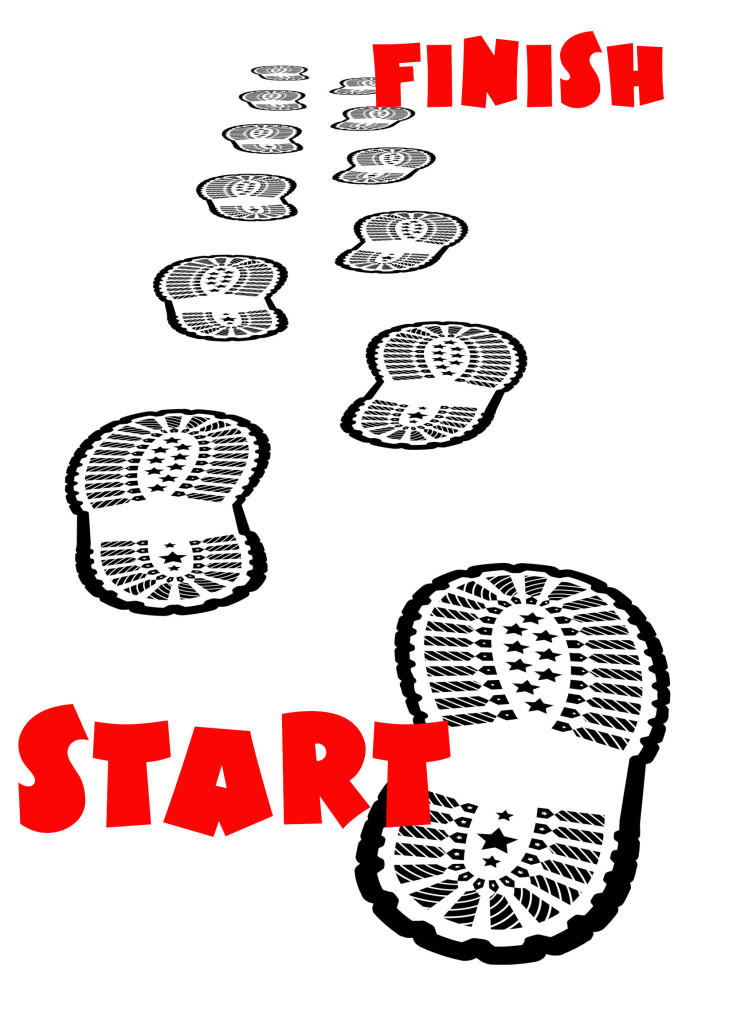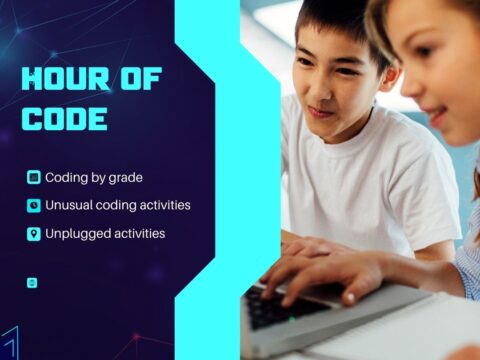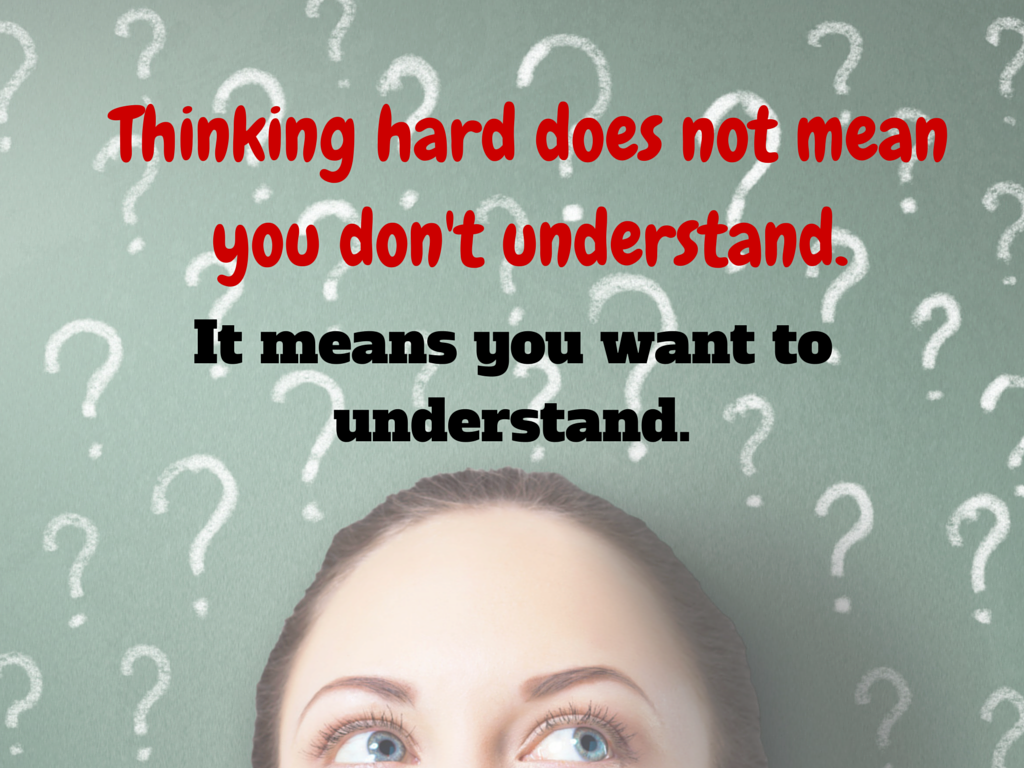Coding–that mystical geeky subject that confounds students and teachers alike. Confess, when you think of coding, you see:
…when you should see
December 7-13, Computer Science Education will host the Hour Of Code–a one hour introduction to coding, programming, and why students should love it. It’s designed to demystify “code” and show that anyone can learn the basics to be a maker, a creator, and an innovator.
They provide a variety of self-guided tutorials that say “anybody can do this on a browser, tablet, or smartphone”. They even have unplugged tutorials for classrooms without computers. No experience needed.
Coding is a great tie-in to Common Core math Standards. Any time I can show students how to complete math skills without doing math, it’s a plus (because it surprises them. They don’t expect a discussion on problem solving or Minecraft to help them with math).
Over the next few weeks, I’ll share eight ideas that will energize your Hour of Code. They include (if the link doesn’t work, it’s because the article hasn’t posted yet):
- Hour of Code: Why Not?
- Hour of Code Suggestions by Grade Level
- Program with Alt Codes
- Programming Shortkeys
- Scratch Jr: Website Review
- Hour of Code: Minecraft
- Programming a Macro in five minutes
- Build a Website
Here are Code.org’s suggestions on teaching Hour of Code in your classroom. If you have a favorite tool, they likely will guide you in using it for this amazing week. Check out this list:
Jacqui Murray has been teaching K-18 technology for 30 years. She is the editor/author of over a hundred tech ed resources including a K-12 technology curriculum, K-8 keyboard curriculum, K-8 Digital Citizenship curriculum. She is an adjunct professor in tech ed, Master Teacher, webmaster for four blogs, an Amazon Vine Voice, CSTA presentation reviewer, freelance journalist on tech ed topics, contributor to NEA Today, and author of the tech thrillers, To Hunt a Sub and Twenty-four Days. You can find her resources at Structured Learning.







































Back in the day (undergrad elementary ed major, mid 1980’s) I learned to program a microcomputer using the LOGO turtle. Then, I went on to program in Light-speed PASCAL. Good stuff, but I came away thinking that not all teachers needed to learning programming skills as I became a multiple subject classroom teacher.
Then came PowerPoint, and I realized how that is a form of programming. The teacher, as instructional designer, is planning in advance for students to press the mouse, the space bar, or the Enter/Return button to move ahead in the presentation. The presenter controls the pacing of delivery. Interactive buttons are also provided to individualize learning and require response. Fourth grade students in classes that I observed in 2000 were using PowerPoint to prepare and deliver reports in small groups.
Now, with gaming (e.g. Minecraft) considered a form of engaged learning, we are teaching our students to code. This is great! They become the instructional designers and math is embedded. Keyboarding becomes more important to them than ever before. Tech teachers definitely need to master this tool. Administrators and core classroom teachers need to know why this is important in developing problem solving and higher order thinking skills.
Thank you, Jacqui, for leading the discussion. I’m in!
Good point about keyboarding and programming. I have never seen a programmer that didn’t type like his hair was on fire.
My son is learning to code right now. He’s in fifth grade and learning the basics on Khan Academy, I think it is. I didn’t think about the link between math and coding, but he does love math, too. Of course, he watched his dad studying for a certification he’s going for in some manner of advance coding (I don’t remember the certification off the top of my head), and he was astounded at what he was doing. It’s a useful skill for any kid to learn.
I have several coding ideas that are perfect for 5th graders. Have him look at macros, hotkeys, and shortkeys. These are quick and not too complicated.